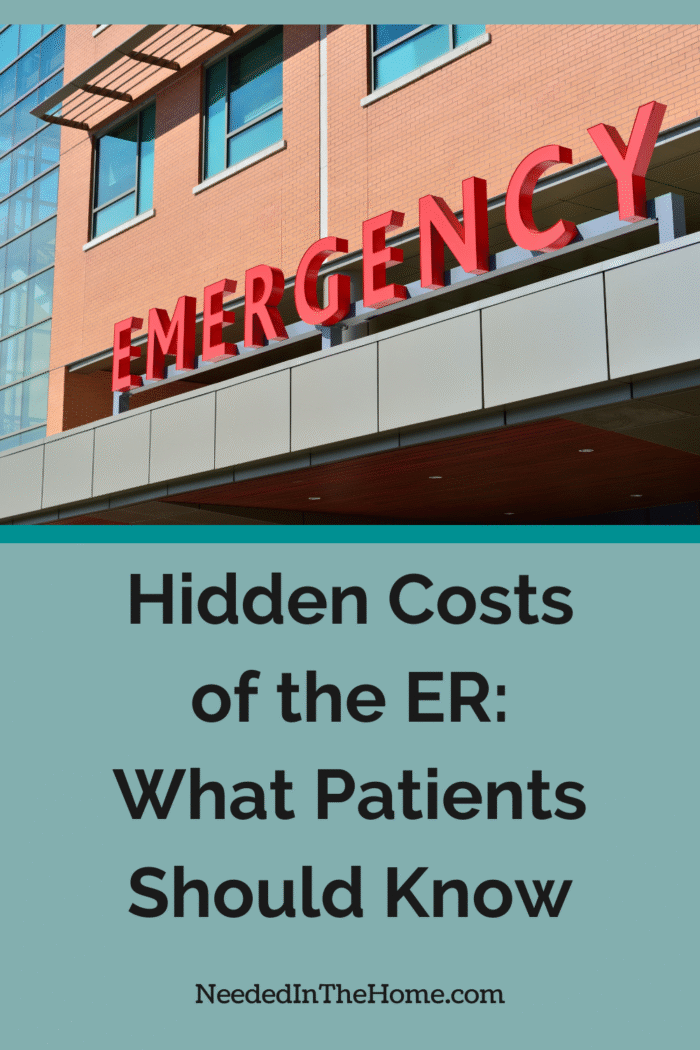
When faced with an unexpected illness or injury, many people instinctively head to the emergency room. It’s a decision that feels safe and immediate—but one that can also come with financial surprises. While emergency rooms play a critical role in handling life-threatening conditions, many of the visits they receive each day involve non-emergency issues that could be treated elsewhere, often with greater efficiency and lower cost.
Some links in this post are affiliate links, which means I receive a commission if you make a purchase.
Recognizing the difference between what is truly an emergency and what can be handled at an urgent care center can be empowering. It’s not just about the price tag; it’s about time, convenience, and understanding your options before you’re in a stressful situation. Let’s take a closer look at the bigger picture of ER use and how patients can make more informed choices about where to go when health concerns arise — before the pressure of the moment makes the decision for them.
Emergency Departments vs. Urgent Care: A Matter of Purpose
Emergency rooms are designed for the most serious, time-sensitive medical situations—think heart attacks, strokes, severe injuries, or symptoms that could be life-threatening. They are equipped with advanced diagnostic tools, surgical capabilities, and specialist teams ready to act quickly.
On the other hand, urgent care providers are intended for medical issues that need prompt attention but are not emergencies. These facilities are ideal for treating illnesses like sore throats, infections, sprains, minor burns, and other conditions that require immediate care but don’t warrant an ER visit. Most centers are walk-in friendly, offer extended evening and weekend hours, and are staffed by experienced providers who can diagnose and treat a wide range of non-emergent concerns. Some even offer on-site lab work or X-rays, expanding their ability to manage more complex cases efficiently.
The key is knowing the difference and understanding that using the ER for non-urgent problems may lead to longer wait times, higher out-of-pocket costs, and a less efficient experience overall.
Creating a Personal Care Strategy
One of the best things patients can do is have a care plan in place before an issue arises. This includes identifying the nearest urgent care center, checking whether it accepts your insurance, and knowing its hours and capabilities. Some urgent care centers even offer online check-in, which can reduce waiting and make the visit even more convenient.
Ultimately, being informed doesn’t just help your wallet—it supports better health decisions and a smoother care experience. Choosing the right setting for your needs means you can receive quality care without unnecessary stress, delay, or financial burden.
This is a contributed post.
More From NeededInTheHome
Product Reviews
Get Our Books
Etsy Shop
TPT Store
eBay Store
Linktree
My Faith Testimony
Subscribe so you never miss a post.
If you find my tips useful, feel free to buy me a coffee. Thank you in advance!
Want to remember this? Pin it to your favorite Pinterest Board!

Join the newsletter
Subscribe to receive our latest articles and promotional content by email from NeededInTheHome
Leave a Reply